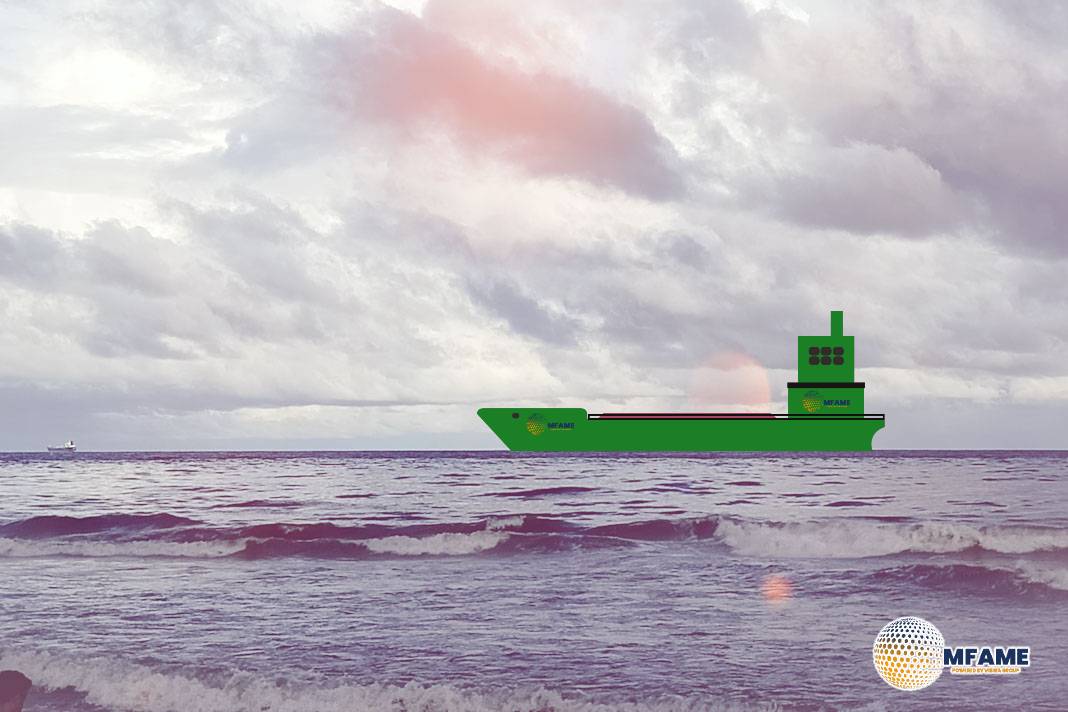 The global tanker market is heading into a period of mixed performance, according to BIMCO’s Chief Shipping Analyst, Niels Rasmussen. While crude tankers may see balanced fundamentals in 2026, rising ship deliveries are set to weaken the market in 2027. The outlook is even more challenging for product tankers, where supply growth is forecast to exceed demand through both years, creating prolonged pressure on rates and earnings.
The global tanker market is heading into a period of mixed performance, according to BIMCO’s Chief Shipping Analyst, Niels Rasmussen. While crude tankers may see balanced fundamentals in 2026, rising ship deliveries are set to weaken the market in 2027. The outlook is even more challenging for product tankers, where supply growth is forecast to exceed demand through both years, creating prolonged pressure on rates and earnings.
Crude Tankers: Stable in 2026, Softer in 2027
BIMCO forecasts crude tanker demand to grow by 1–2% in 2026 and 0–1% in 2027, supported initially by inventory building driven by global oil oversupply estimated at 4.1 million barrels per day in 2026 by the International Energy Agency (IEA).
However, the crude tanker fleet is expected to grow by 1.5% in 2026 and a sharp 3.5% in 2027, tilting the balance toward oversupply next year.
Additional uncertainties include:
-
Red Sea normalisation, which could reduce crude tanker demand by 2–3% if Suez routings fully resume.
-
Sanctions on Russia, where crude loadings have fallen 20% in recent weeks and floating storage has tripled. Any sustained reduction in Russian exports could lower demand for sanctioned vessels but boost mainstream tanker demand as buyers seek alternative suppliers.
Product Tankers: Oversupply Signals Prolonged Weakness
The product tanker segment faces a more difficult outlook, with ship deliveries reaching 15-year highs. Supply is expected to grow 5.5% in both 2026 and 2027, far outpacing forecast demand growth of just 0.5–1.5%.
While the IEA expects oil demand and refinery throughput to rise in parts of Asia and Africa, developing economies will see only marginal refinery growth, limiting the gains in product flows. With more vessels entering service and demand expanding slowly, product tankers are likely to experience persistent oversupply and pressure on freight rates.
BIMCO’s forecast suggests that while crude tankers may navigate 2026 with balanced fundamentals, both crude and product markets will face growing challenges in 2027 as fleet capacity rises. Crude tankers could still find pockets of support especially if sanctions disrupt Russian exports product tankers are set for a more prolonged downturn. Normalisation of Red Sea trade routes could further soften demand across both segments, making supply discipline and market adaptation crucial for tanker owners in the years ahead.
Did you subscribe to our daily Newsletter?
It’s Free Click here to Subscribe!
Source: IL NAUTILUS















